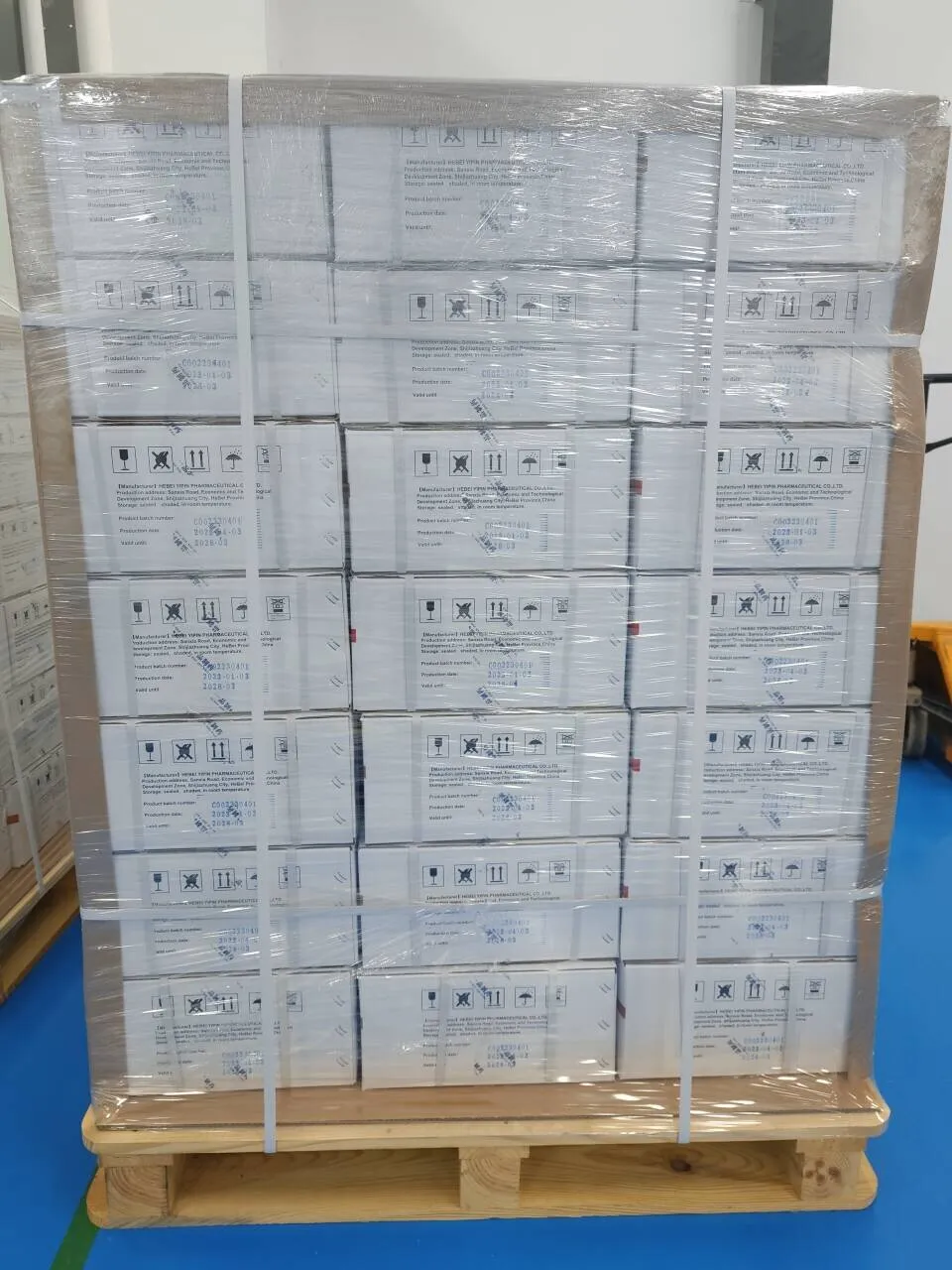The pharmaceutical and health industries have long relied on effective compounds like caffeine, teofylline, and aminophylline for a variety of treatments, especially in respiratory and cardiovascular therapies. A recent innovation, 6-Amino-1,3-dimethyl-5-nitrosouracil, is emerging as a powerful material that enhances the efficiency and production of these vital compounds. This advancement could revolutionize the way these substances are manufactured and applied, benefiting both industries and consumers alike.

The Role of 6-Amino-1,3-Dimethyl-5-Nitrosouracil in Caffeine Production
Kafeïne is one of the most widely consumed stimulants worldwide, with applications ranging from beverages to pharmaceuticals. The integration of 6-Amino-1,3-dimethyl-5-nitrosouracil into caffeine production processes has shown significant promise in improving yield and purity. This compound acts as a critical intermediate, enhancing the synthesis process by offering more stable chemical reactions, leading to higher-quality caffeine products. By optimizing the production pipeline, this innovation not only boosts efficiency but also reduces manufacturing costs, benefiting manufacturers and consumers alike.
How 6-Amino-1,3-Dimethyl-5-Nitrosouracil Enhances Theophylline Production
Teofylline is a key ingredient used in treating respiratory conditions such as asthma and chronic obstructive pulmonary disease (COPD). The introduction of 6-Amino-1,3-dimethyl-5-nitrosouracil in the production of teofylline has resulted in more consistent and reliable manufacturing outcomes. This compound stabilizes the synthesis process, ensuring that the final product meets strict pharmaceutical standards. The improved consistency in teofylline production means that patients can rely on a more effective and safer medication, improving their treatment outcomes.
Aminophylline Materials Benefit from 6-Amino-1,3-Dimethyl-5-Nitrosouracil
Aminophylline, a compound closely related to teofylline, is used to treat conditions such as bronchitis and emphysema. Incorporating 6-Amino-1,3-dimethyl-5-nitrosouracil into the production of aminophylline materialen has been shown to significantly improve the process by enhancing the stability and efficiency of the chemical reactions involved. This not only results in a more reliable and high-quality product but also enables manufacturers to meet growing demand without compromising on quality. The use of 6-Amino-1,3-dimethyl-5-nitrosouracil ensures that aminophylline materialen maintain their therapeutic efficacy, helping patients manage their respiratory conditions more effectively.
Increasing Efficiency in Pharmaceutical Manufacturing with 6-Amino-1,3-Dimethyl-5-Nitrosouracil
The pharmaceutical industry is always seeking ways to optimize production while maintaining high standards of quality and safety. 6-Amino-1,3-dimethyl-5-nitrosouracil has proven to be an invaluable asset in this regard, particularly in the manufacturing of caffeine, teofylline, and aminophylline materialen. Its role as a stabilizing agent in chemical reactions leads to fewer production delays and higher yields. Moreover, its ability to streamline processes results in a more sustainable production cycle, reducing waste and energy consumption. This innovation is setting new standards in pharmaceutical manufacturing, offering both cost savings and environmental benefits.
The Versatile Applications of Caffeine, Theophylline, and Aminophylline Materials
With the incorporation of 6-Amino-1,3-dimethyl-5-nitrosouracil into their production, caffeine, teofylline, and aminophylline materialen are now better positioned to meet the needs of various industries. Kafeïne continues to be a staple in both food and pharmaceutical applications, while teofylline en aminophylline are essential in the medical field for respiratory treatments. The improvements in production efficiency and product quality brought about by 6-Amino-1,3-dimethyl-5-nitrosouracil are ensuring that these materials can be manufactured at scale without compromising on their effectiveness, meeting the growing global demand across different sectors.

